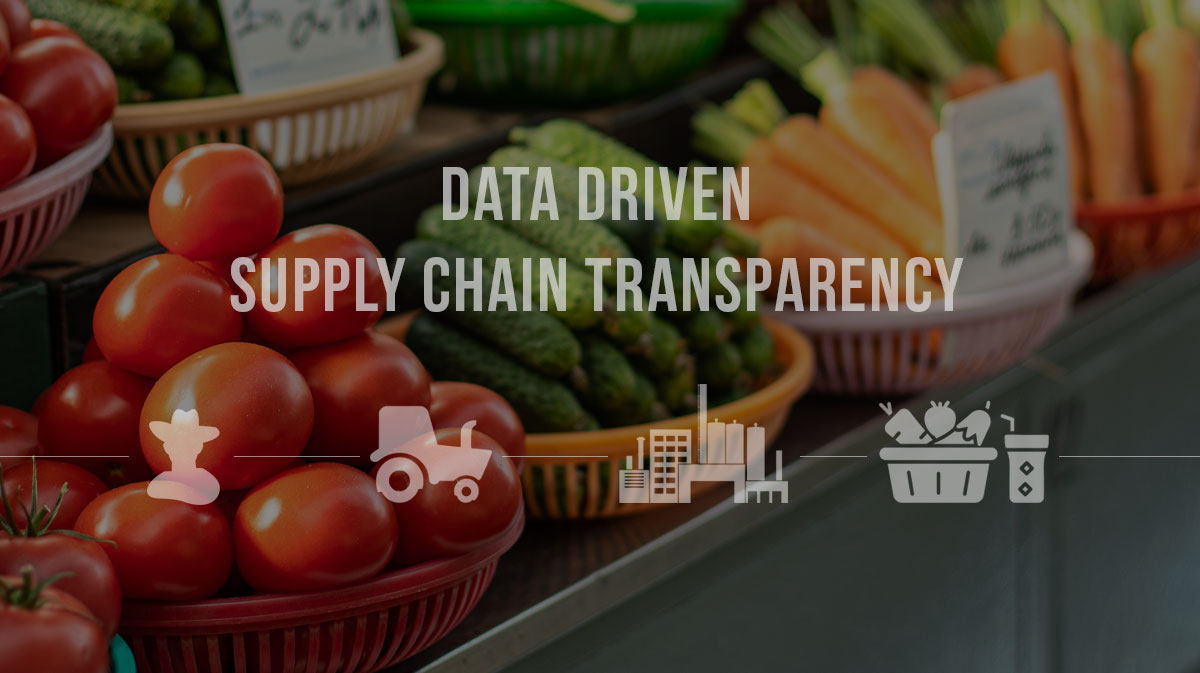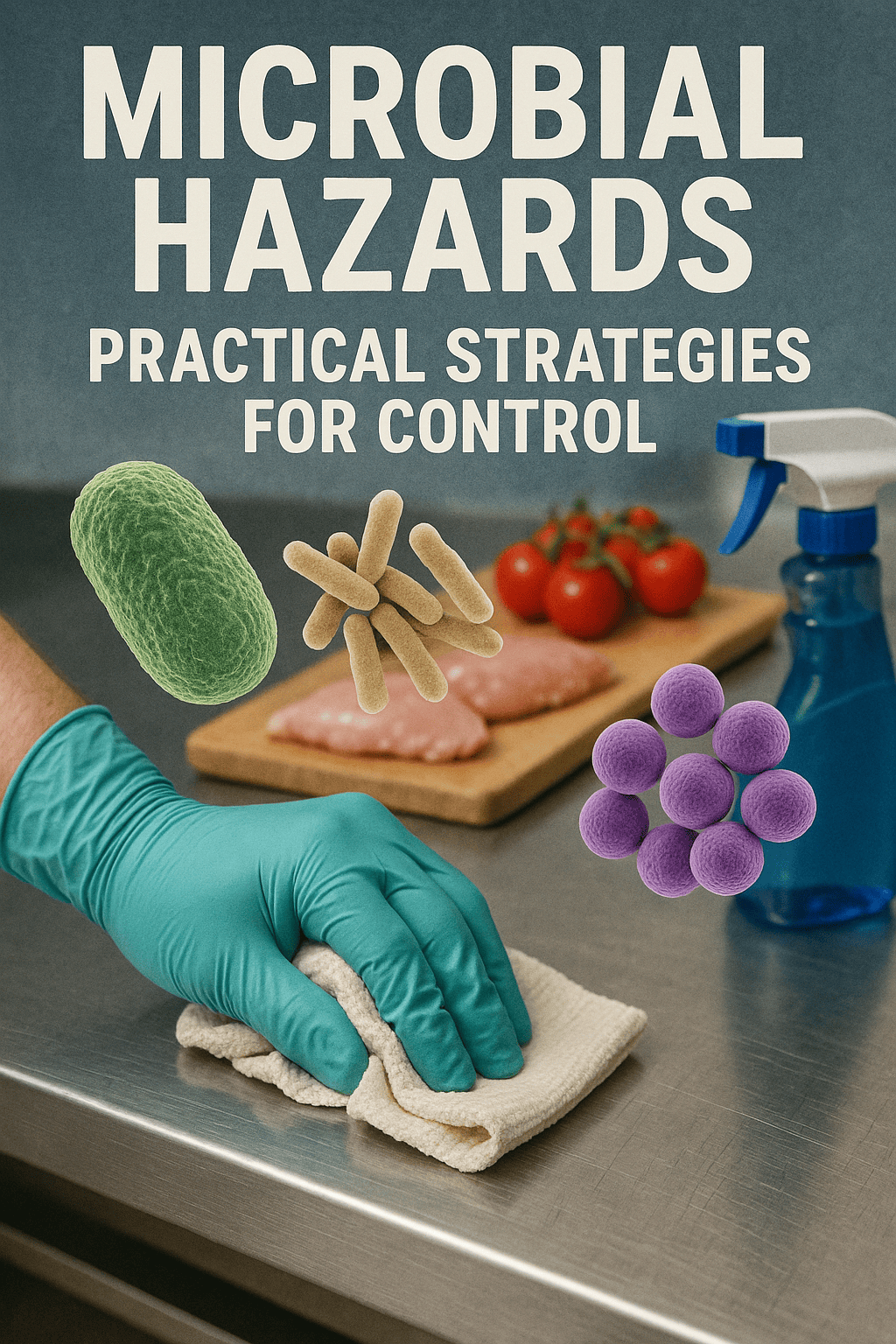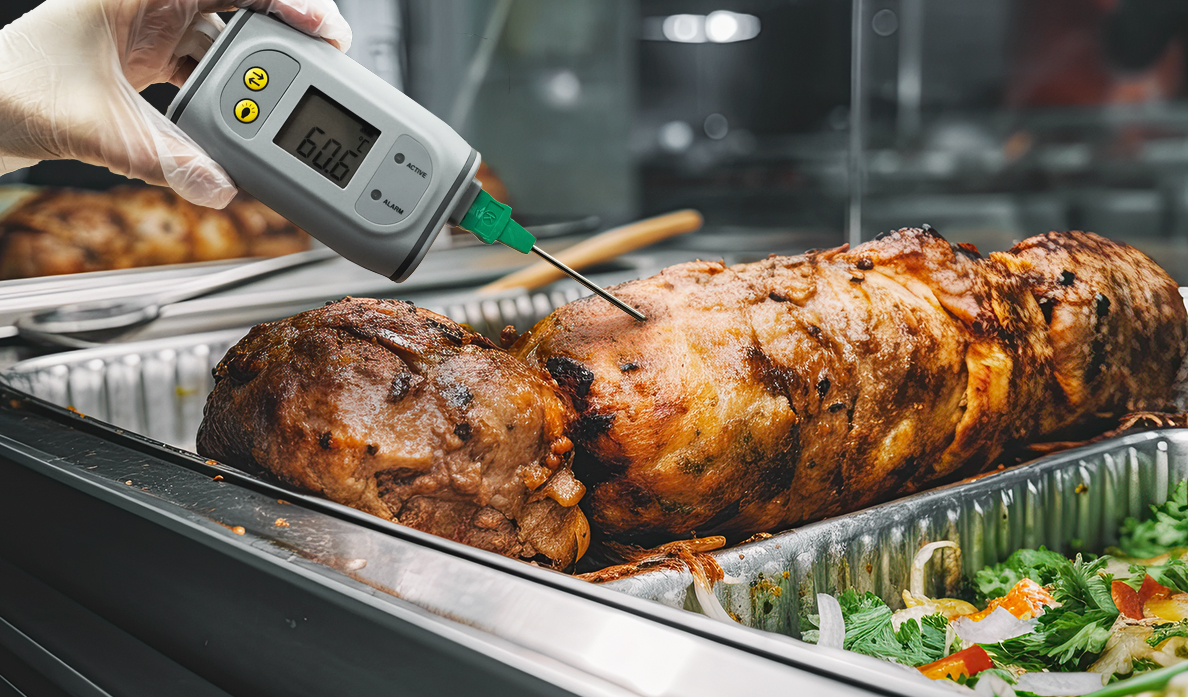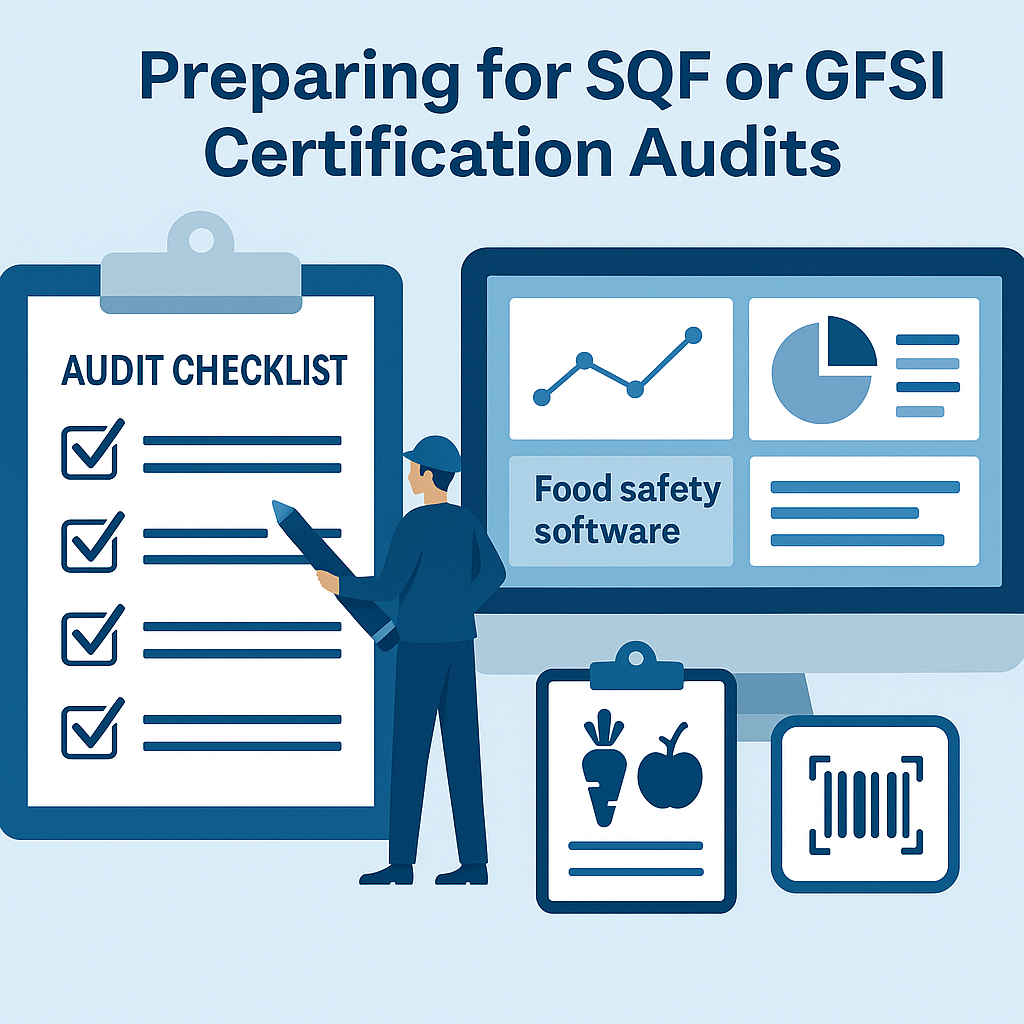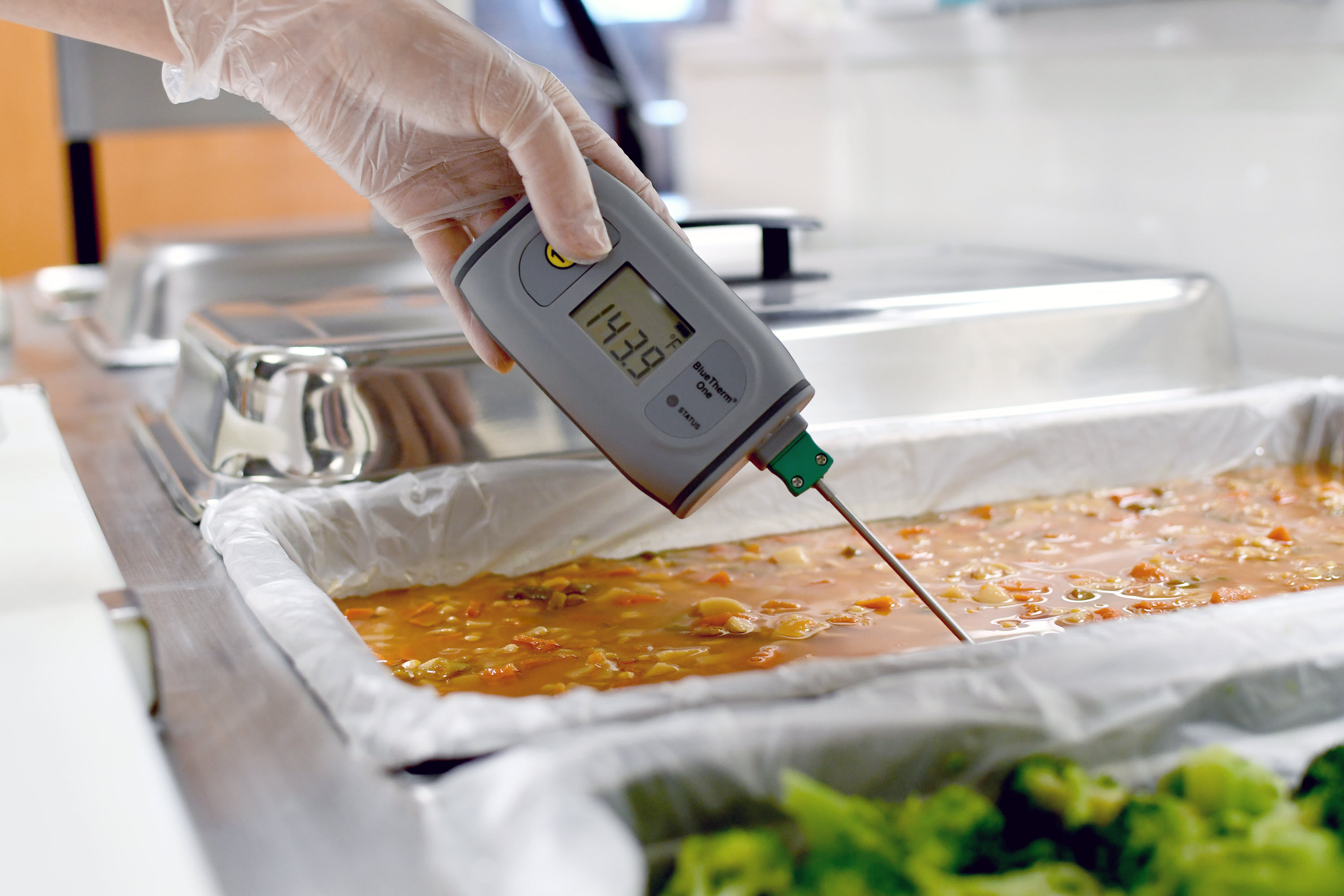Food safety is a critical aspect of any food business, regardless of size or location. Whether you run a small family-owned restaurant or a large-scale food manufacturing company, the safety of your food directly impacts public health, your reputation, and regulatory compliance. Neglecting proper food safety practices can lead to severe consequences, including foodborne illnesses, costly recalls, and legal actions. This blog explores the top 10 food safety practices every business should implement to ensure safety and compliance while maintaining operational excellence.
1. Establish a Food Safety Management System (FSMS)
A Food Safety Management System (FSMS) provides a structured framework for identifying, controlling, and monitoring food safety hazards. An FSMS typically aligns with international standards such as ISO 22000 or regulatory requirements like the FDA’s FSMA (Food Safety Modernization Act).
Steps to Implement:
-
Conduct a risk assessment to identify hazards in your processes.
-
Develop and document standard operating procedures (SOPs) for critical tasks.
-
Assign roles and responsibilities to your team members.
-
Regularly review and update your FSMS based on changes in regulations or operations.
Example:
A mid-sized bakery implemented FSMS software to digitize its records, automate compliance tracking, and receive alerts for expiring certifications. This improved their efficiency and reduced human errors.
To see how food safety software can streamline your FSMS, schedule a demo with NORMEX.
2. Conduct Hazard Analysis and Critical Control Points (HACCP)
HACCP is a systematic approach to identifying and controlling biological, chemical, and physical hazards in food production. It is the cornerstone of modern food safety practices and a regulatory requirement in many countries.
Steps to Implement:
-
Conduct a hazard analysis.
-
Determine critical control points (CCPs).
-
Establish critical limits for each CCP.
-
Monitor the CCPs.
-
Develop corrective actions for deviations.
-
Verify the HACCP plan's effectiveness.
-
Maintain detailed records.
Example:
A dairy processor identified pasteurization as a CCP. Using real-time monitoring and automated alerts via food traceability software, they ensured consistent compliance with temperature limits.
3. Ensure Proper Personal Hygiene
Food handlers are a critical link in the food safety chain. Poor personal hygiene can introduce contaminants, leading to foodborne illnesses.
Best Practices:
-
Provide regular hygiene training for employees.
-
Ensure proper handwashing techniques.
-
Enforce the use of gloves, hairnets, and clean uniforms.
-
Establish policies for sick employees to avoid contamination.
Example:
A fast-food chain reduced the risk of contamination by implementing handwashing timers in restrooms and kitchens, ensuring staff washed their hands at regular intervals.
4. Implement Effective Cleaning and Sanitation Programs
A clean and sanitized environment prevents cross-contamination and microbial growth, ensuring food safety.
Steps to Follow:
-
Identify surfaces, equipment, and tools that need cleaning.
-
Use appropriate cleaning agents and sanitizers.
-
Develop a cleaning schedule.
-
Train staff on proper cleaning techniques.
-
Verify the effectiveness of cleaning with ATP (adenosine triphosphate) tests.
Example:
A seafood processing plant introduced a sanitation verification program with swab tests. The results were recorded and monitored using food safety software, ensuring accountability and transparency.
5. Maintain Proper Temperature Controls
Temperature control is crucial to prevent the growth of pathogens in perishable foods. Monitoring and maintaining appropriate temperatures throughout the supply chain is essential.
Best Practices:
-
Use calibrated thermometers for accurate readings.
-
Monitor storage areas, such as refrigerators and freezers, continuously.
-
Train staff on proper temperature ranges for various food types.
Example:
A catering company installed IoT-enabled temperature sensors linked to their food safety software. This allowed real-time monitoring and instant alerts when temperatures deviated from safe ranges.
6. Implement Food Traceability Systems
Traceability is vital for identifying and isolating contaminated food in the event of a recall. It ensures transparency and accountability across the supply chain.
Steps to Implement:
-
Assign unique batch codes to products.
-
Record raw material sources and processing details.
-
Track products through distribution channels.
-
Conduct mock recalls to test the system.
Example:
A frozen food manufacturer used food traceability software to map their entire supply chain, reducing the time needed to trace a product from days to minutes. This enhanced their responsiveness to potential recalls.
7. Control Allergens Effectively
With rising food allergy cases globally, allergen control has become a top priority. Mismanagement can result in severe health consequences and damage to your brand.
Best Practices:
-
Label allergens clearly on products.
-
Use separate equipment and storage areas for allergenic and non-allergenic foods.
-
Train staff on allergen management.
-
Verify allergen declarations on supplier documentation.
Example:
A snack company minimized allergen cross-contact risks by designating separate production lines and using software to track allergen-containing ingredients in their inventory.
8. Conduct Regular Employee Training
Training ensures that employees understand and comply with food safety protocols. It also fosters a culture of accountability and continuous improvement.
Steps to Conduct Training:
-
Identify training needs based on job roles.
-
Use engaging training materials such as videos, presentations, and quizzes.
-
Schedule refresher courses periodically.
-
Evaluate training effectiveness through tests and on-the-job observations.
Example:
A beverage company improved compliance rates by incorporating gamified training modules into their food safety program, keeping employees engaged and motivated.
9. Monitor Pest Control Measures
Pests pose significant risks to food safety by contaminating products and spreading diseases. A proactive pest control program is essential for any food business.
Steps to Follow:
-
Conduct routine inspections of facilities.
-
Seal gaps and cracks in walls and doors.
-
Install traps and bait stations in strategic locations.
-
Keep detailed records of pest control activities.
Example:
A food warehouse partnered with a pest control company and tracked inspections using food safety software, ensuring timely follow-ups and compliance documentation.
10. Stay Updated on Regulations and Standards
Food safety regulations and standards evolve to address emerging risks and technologies. Staying informed ensures compliance and protects your business from penalties.
How to Stay Updated:
-
Subscribe to industry newsletters and alerts.
-
Attend workshops and conferences.
-
Consult with food safety experts.
-
Use software that incorporates regulatory updates.
Example:
A meat processor integrated a regulatory update feature in their FSMS software, ensuring their processes remained compliant with the latest CFIA and USDA guidelines.
Conclusion
Implementing robust food safety practices is not just about compliance—it’s about protecting your customers, your brand, and the broader food industry. By adopting tools like food safety software, businesses can simplify compliance, improve traceability, and foster a culture of accountability.
If you’re looking for ways to streamline your food safety processes and enhance operational efficiency, consider exploring NORMEX’s solutions. Our food traceability software and management tools are designed to meet the unique needs of food businesses. Schedule a demo today to see how NORMEX can transform your operations: https://normex.ca/demo.



